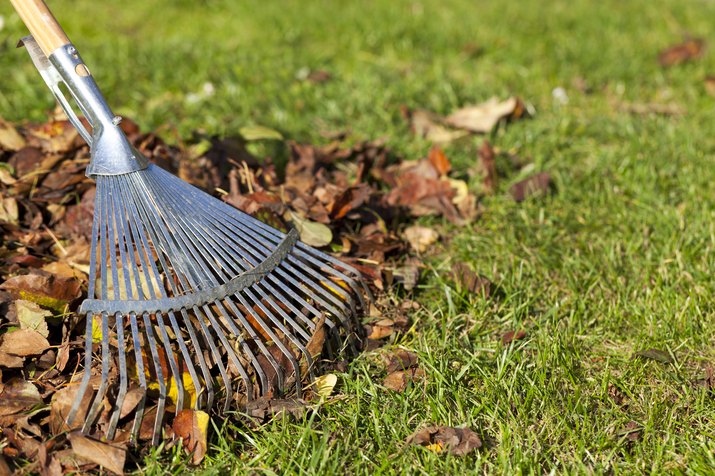
Cooler days and frosty nights help you get in the mood for picking apples and planning for Halloween. They're not quite as kind to your garden. Though you might have to say goodbye to some of your plants come autumn, this season is the perfect time to start working on making next year's garden your best one yet. Don't put those gloves away just yet.
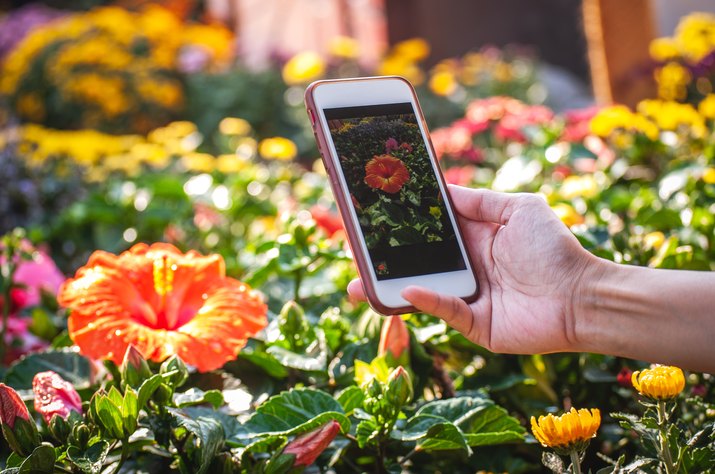
Document and Analyze
"Next year's garden will be even more beautiful/productive/energy efficient than this year's!" No matter how much you liked your garden this year, you're probably already thinking about ways to make improvements. You might not remember those ideas as clearly at the end of winter. Since autumn is a time to reflect, take photos of your layout and make notes for your future self about what plants did well where, and what you want to do differently next time.
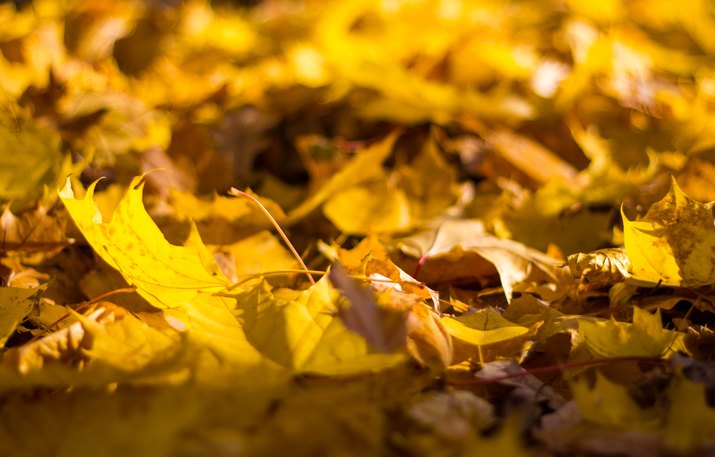
Turn This Year's Leaves Into Next Year's Compost
Set yourself up for a strong start next year by transforming fallen leaves into nutrient-rich compost. Some gardeners invest in leaf shredders, which speed up the decomposition process. But even if your leaves remain whole, you can get quite a bit of breakdown before spring arrives. And, as a bonus, dumping leaves into your compost pile saves you from dragging them out to the street.
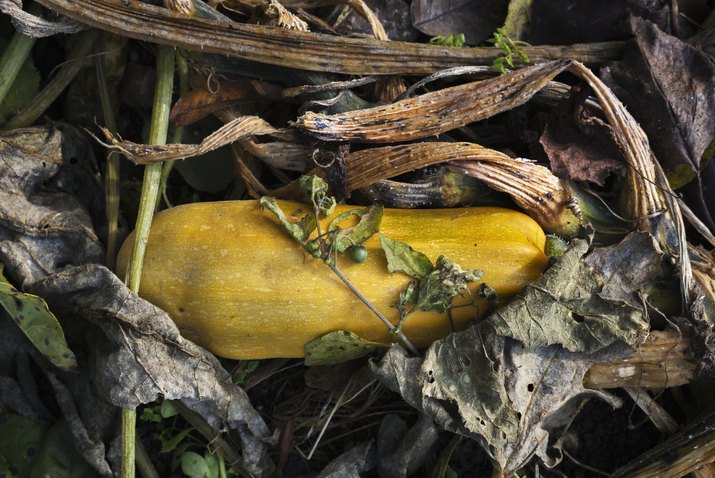
Turn Pumpkins Into Compost, Too
Fallen leaves aren't the only autumn staples that belong in your compost pile. Pumpkins, gourds and winter squash are all super useful when you're trying to create compost that's packed with nutrients and minerals. Thick rinds won't break down as quickly as flesh will, so cut pumpkins into chunks before tossing them on the pile. Don't forget to save apple cores and peels for your compost, too!
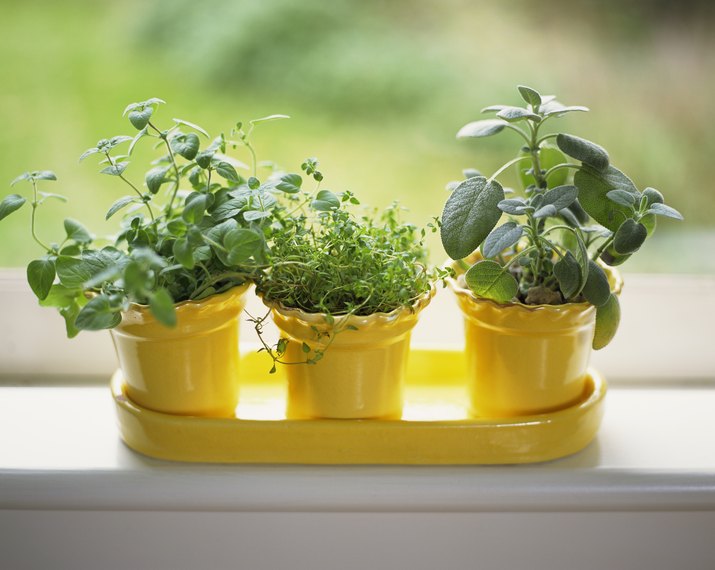
Move Plants Indoors
Does the weather in your area make it impossible for your plants to survive outdoors? If so, don't resign yourself to watching them all die. Certain plants can flourish indoors, as long as they get plenty of sunlight, making it feasible to transport some of your favorites to pots and keep them indoors all winter. Just be sure to carefully inspect every plant for insects before bringing them in.
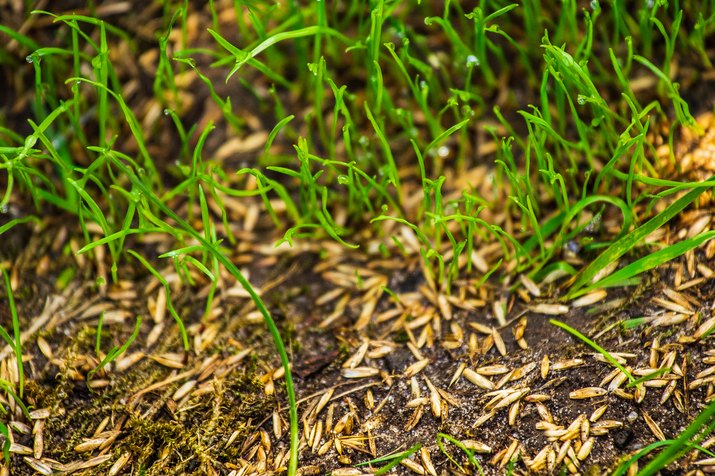
Nurture New Lawn
Even if you live in a place where snow blankets the ground all winter, fall is the perfect time to plant new grass. Grass seed can flourish once the heat of summer fades and the ground is cool and damp. So tend to your lawn right now, whether you're reseeding a few bare patches or the entire yard. In cold climates, it's important to get this task done before temperatures drop to freezing.
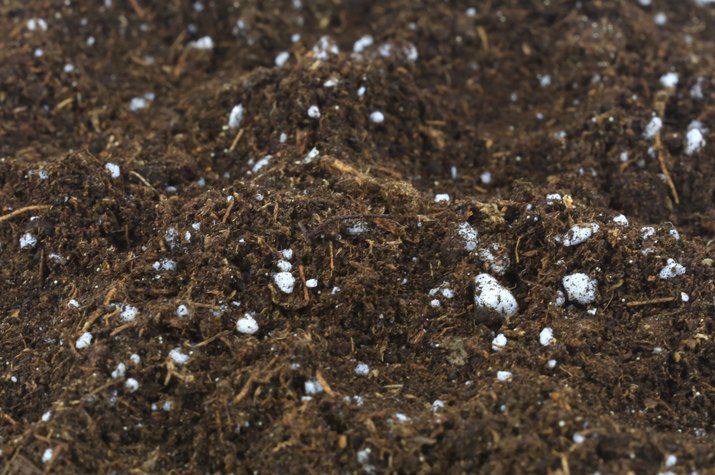
Fertilize Soil Now
It might seem counterintuitive to add fertilizer to your soil now. If you plan to let your garden lay dormant through winter, what's the point? In fact, autumn is a good time to infuse your soil with nutrients, in part because it can take weeks or months for soil to reap the benefits of additives. Get this job out of the way now and save yourself the time when spring (finally) blooms.
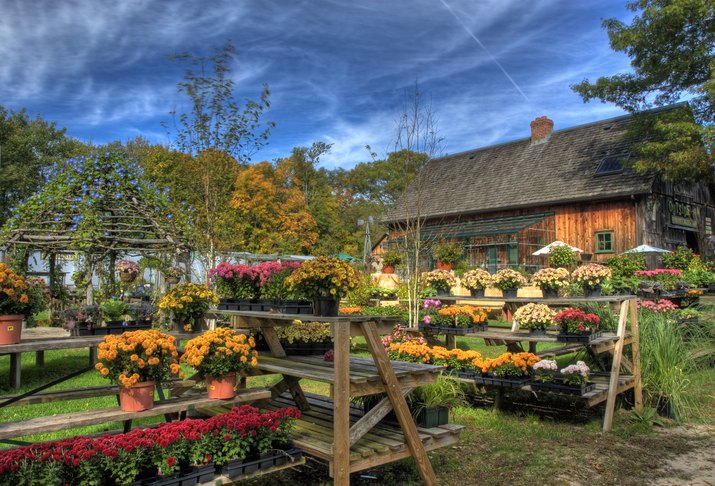
Pick Up Discounted Plants
Your local garden center really doesn't want to hang on to its inventory all winter long. You know what that means: clearance sales. Autumn is the best time to get bulbs and potted plants for cheap. While you're picking up pumpkins and holiday wreaths, grab some deeply discounted plants that you can nurture indoors until spring.

Test Your Soil
How's your soil pH? If you're not sure, fall is the ideal time to find out. Testing your soil allows you to make adjustments to improve plant health. Pick up a home testing kit from a garden store to determine whether your soil is too alkaline or too acidic, and develop a plan of action from there.
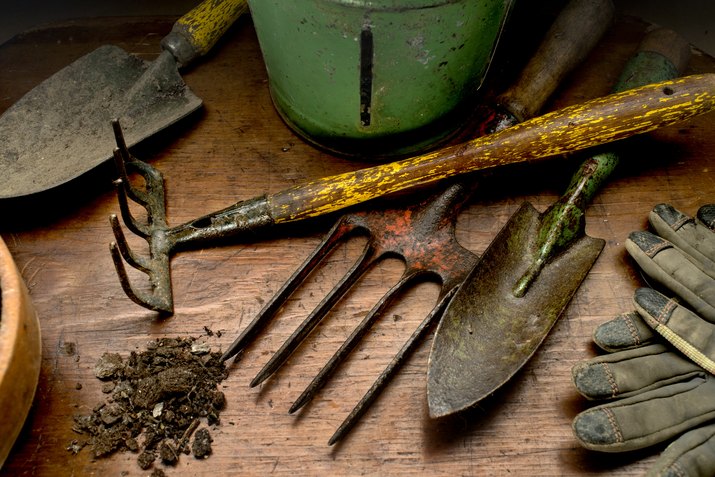
Inventory Your Tools
If the slippery grip of that shovel bothered you all summer, make a change when fall comes. Take stock of your equipment at the end of the season. Gather all your gardening tools and check everything for rust or other signs of wear and tear. If you realize you need a new trowel or a pair of gloves, you may be able to pick them up on clearance. Barring that, add them to you gift wishlist when the holidays come.

Plan a Winter Garden
Even if you can't grow the same plants in January that you grew in June, your garden doesn't have to lay empty during the colder months. Take some time in autumn to get plants in the ground that you can harvest all winter. Hearty vegetables like kale and leeks can flourish in places with mild winters. Your climate and soil will determine what you can try to grow during winter, so consult your local garden store for specific guidance.
Advertisement
Video of the Day